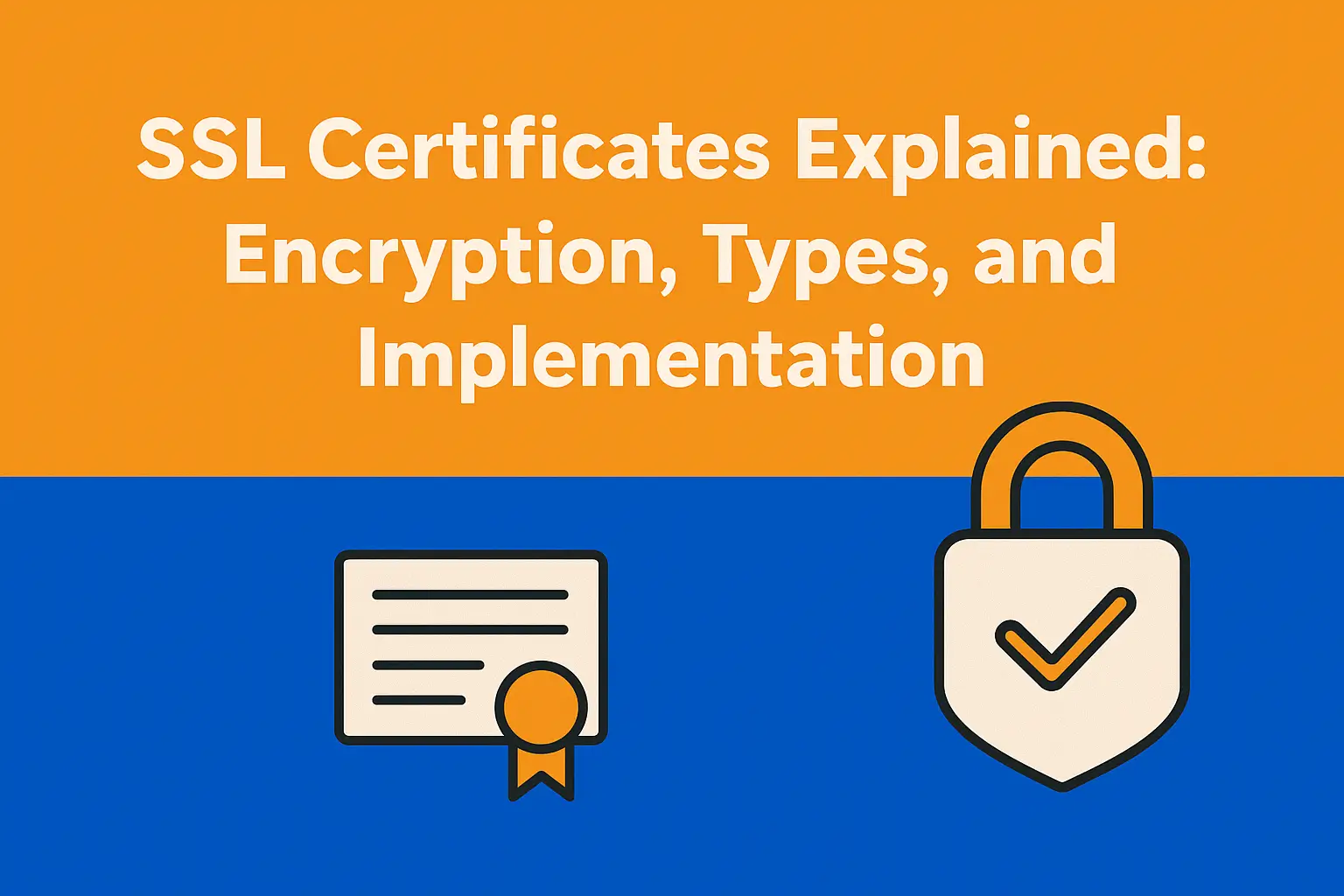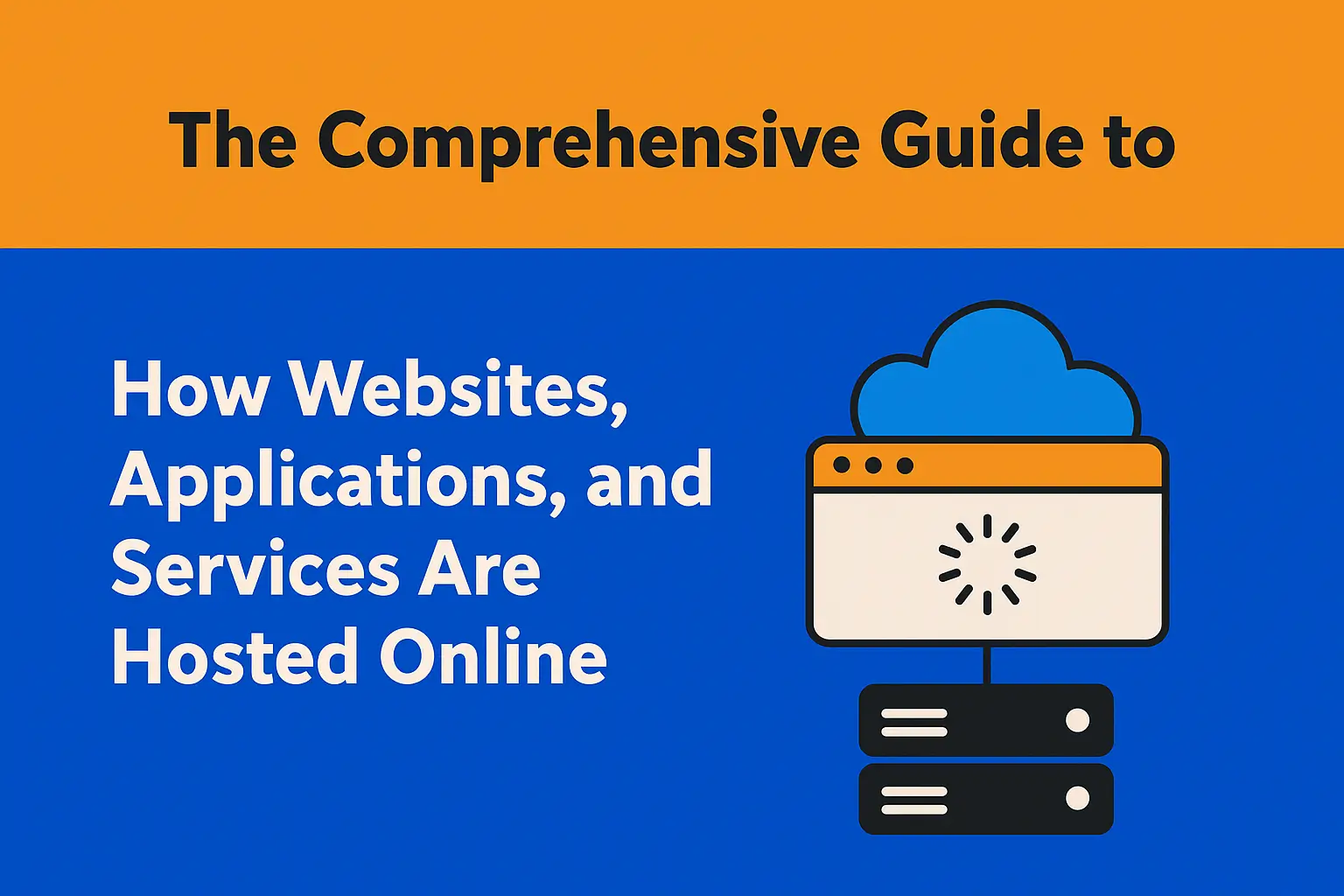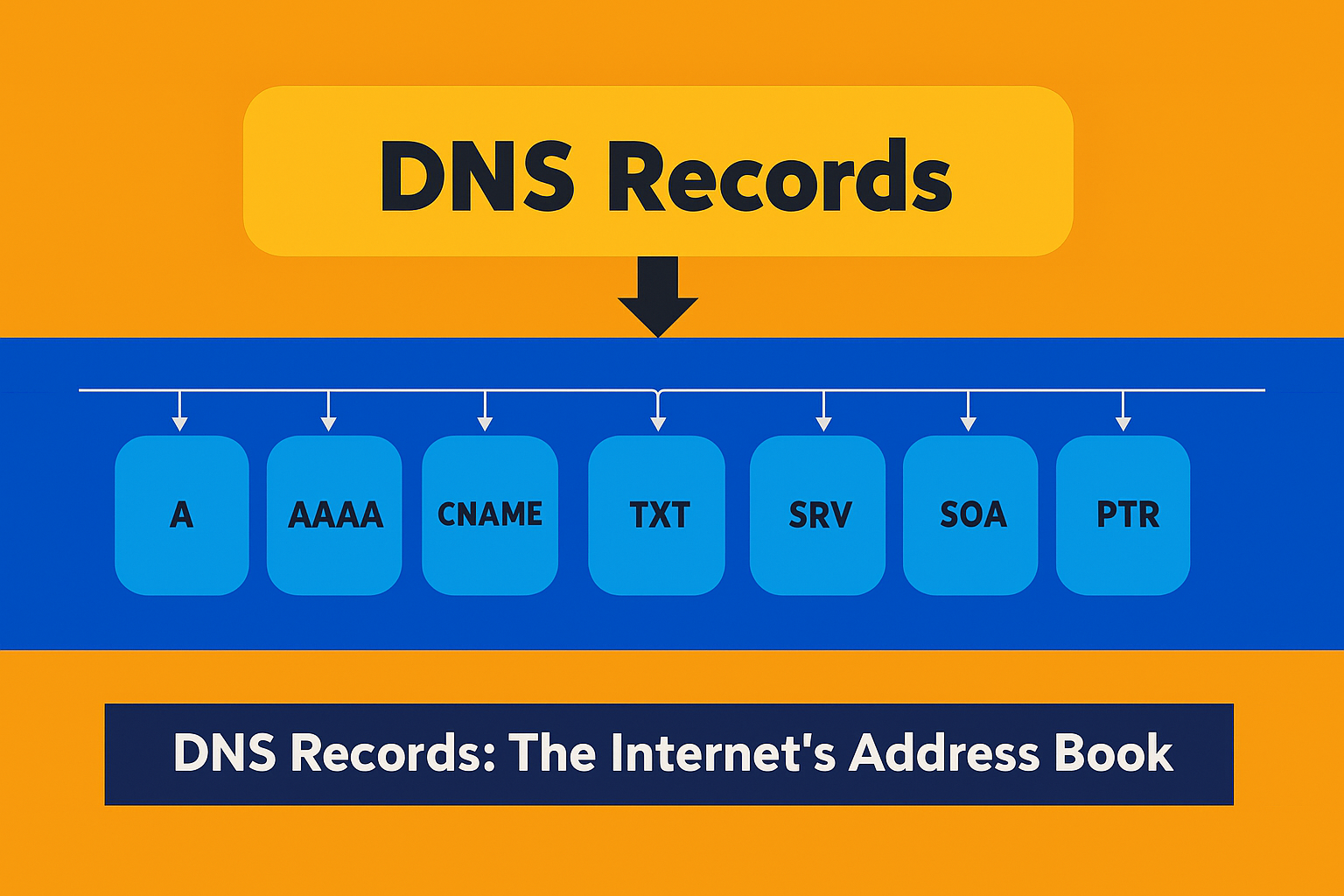
Introduction to Payment Gateways
Payment gateways are crucial components in the online transaction ecosystem, acting as intermediaries between merchants and customers to facilitate smooth payment processing. Essentially, a payment gateway is a technology that captures and transfers payment data from the customer to the acquiring bank securely. This process not only authorizes the payment but also ensures that sensitive financial information is encrypted and protected against potential breaches.
The history of payment gateways dates back to the early days of e-commerce when online transactions first became feasible. The initial systems were rudimentary, relying on basic encryption methods and often plagued by inefficiencies and security vulnerabilities. However, as technology advanced, so did the sophistication of payment gateways. Today’s gateways are highly secure, leveraging advanced encryption standards, tokenization, and multi-factor authentication to safeguard transaction data. Additionally, they offer seamless integration with various payment methods including credit cards, debit cards, and digital wallets, enhancing the user experience.
The role of payment gateways has grown exponentially with the rise of e-commerce. In the modern digital marketplace, they are indispensable for ensuring that transactions are processed swiftly and securely, thereby enhancing customer trust and satisfaction. Payment gateways contribute significantly to reducing fraudulent activities by employing real-time fraud detection mechanisms. Moreover, they support global commerce by enabling transactions in multiple currencies and across various payment networks.
In conclusion, the evolution of payment gateways reflects the overall advancement in e-commerce technology. From their modest beginnings to becoming sophisticated, indispensable tools, payment gateways have continually evolved to meet the demands of secure, efficient, and user-friendly transaction processing. Their importance in the online transaction process cannot be overstated, as they ensure not only the smooth execution of payments but also the security and integrity of the financial data involved.
Types of Payment Gateways
Understanding the various types of payment gateways available in the market is crucial for businesses striving to select the most appropriate solution for their specific needs. Payment gateways, in general, facilitate transactions between customers and businesses, allowing for secure and efficient payment processing. The primary types of payment gateways include hosted payment gateways, self-hosted payment gateways, API-hosted payment gateways, and local bank integrations. Each type has distinct features, advantages, and disadvantages that businesses must consider before implementation.
Hosted Payment Gateways: Hosted payment gateways redirect the customer to the payment service provider’s (PSP) platform. One of the main advantages is enhanced security, as the PSP handles all aspects of data encryption and fraud prevention. However, this redirection can potentially disrupt the customer experience and result in higher drop-off rates.
Self-Hosted Payment Gateways: In contrast to hosted solutions, self-hosted payment gateways enable the business to control the entire payment process on their own website. Customers enter their payment details directly on the business’s site, enhancing the user experience. Nonetheless, this approach demands stringent security measures, increased compliance requirements, and potentially higher development costs.
API-Hosted Payment Gateways: API-hosted payment gateways offer an intermediate solution by providing APIs that businesses can integrate into their own platforms. These APIs connect to the PSP for transaction processing while keeping customers on the business’s website. This type provides a balance between control and security but requires technical expertise for integration and maintenance.
Local Bank Integrations: These gateways involve direct integrations with local banks to process transactions, which may be advantageous for businesses focused on a specific geographical market. Higher levels of trust among local customers and potentially reduced transaction fees are some of the benefits. However, such integrations might limit scalability and involve complex regulatory compliance depending on the region.
By examining the key features and differences of these payment gateway types, businesses can make informed decisions on which integration strategy aligns best with their operational goals and customer expectations.
Criteria for Choosing a Payment Gateway
Selecting the right payment gateway is crucial for the success of any e-commerce business. Several key factors should be taken into account to ensure seamless transactions, customer satisfaction, and alignment with business objectives. One of the foremost considerations is the transaction fee structure. Different payment gateways charge varying rates for transactions, including flat fees, percentage-based fees, or a combination of both. Therefore, it is essential to analyze and compare these fees closely to avoid eroding profit margins.
Another critical criterion is security protocols. Ensuring the safety of customer financial data should be a top priority. Look for payment gateways that are PCI-DSS compliant and offer advanced security measures like encryption and tokenization. These features protect against data breaches and fraud, thereby building customer trust and loyalty. Additionally, the payment gateway should be compatible with your existing e-commerce platform. An integrated solution minimizes technical issues and streamlines the customer checkout process. Many gateways offer plugins or APIs to facilitate easy integration, so evaluating these options is essential.
Customer support is another area that cannot be overlooked. A payment gateway with responsive and available support can resolve issues quickly, minimizing disruptions to your business operations. Look for gateways that provide 24/7 support through multiple channels, such as phone, email, and live chat.
Global reach is also a pivotal factor, especially for businesses with an international customer base. Opt for a payment gateway that supports multiple currencies and is capable of processing international transactions seamlessly. This enhances the customer experience and expands your market reach.
In summary, evaluating these factors – transaction fees, security protocols, compatibility, customer support, and global reach – will help you choose a payment gateway that aligns with your business goals and meets customer needs. By making an informed decision, you ensure smooth and secure transactions, thereby fostering customer trust and loyalty.
Implementation Process
Integrating a payment gateway into an e-commerce website involves several key steps that ensure a seamless and secure transaction process for customers. The initial step in the process is setting up a merchant account with a financial institution or an acquiring bank. This account is essential as it allows the business to receive funds from customer transactions. During this phase, business owners will need to provide detailed company information, financial statements, and adhere to the bank’s underwriting criteria.
Once the merchant account is established, the focus shifts to configuring the payment gateway. This step involves selecting a payment gateway provider that aligns with your business needs, such as transaction volume, security features, and integration capabilities. After choosing a provider, you will need to integrate the gateway’s API into your website. This typically requires web development knowledge, including familiarity with programming languages such as PHP, Java, or Ruby.
Following the configuration, it’s crucial to test the payment gateway integration rigorously. This includes conducting various transaction scenarios, such as successful payments, failed attempts, and refunds, to ensure the gateway operates correctly under different circumstances. During testing, issues such as payment failures or mismatched transaction data can be identified and fixed before going live.
Best practices for a seamless payment gateway implementation include ensuring the website’s SSL certificate is up to date for secure connections, maintaining detailed documentation of the integration process, and regularly updating the payment gateway software to safeguard against security vulnerabilities. Additionally, it’s recommended to have a dedicated support team in place to address any technical issues quickly.
Common issues during the integration process may include API misconfigurations, network connectivity problems, or incorrect merchant account settings. To troubleshoot these problems, thorough documentation provided by the payment gateway provider and active support channels can be invaluable. By following these steps and best practices, businesses can achieve a reliable and efficient payment gateway integration that enhances the overall customer experience.
Security Considerations
When integrating a payment gateway, addressing security concerns is of utmost importance. The primary framework guiding this process is the Payment Card Industry Data Security Standard (PCI-DSS), which comprises a set of standards aimed at ensuring all organizations that handle credit card information maintain a secure environment. Compliance with PCI-DSS is not merely advisable but mandatory for any business handling online transactions.
Encryption standards also play a critical role. Data encryption ensures that sensitive data, such as credit card numbers, are transformed into a secure format that can only be decrypted by authorized users. Advanced Encryption Standard (AES) is one such robust encryption technique widely adopted in the industry. Businesses should ensure that their chosen payment gateways utilize strong encryption protocols to protect data in transit and at rest.
Fraud detection mechanisms are equally significant. These systems monitor transactions in real-time, identifying and flagging suspicious activities. Implementing technologies such as Address Verification System (AVS) and Card Verification Value (CVV) filters can add additional layers of security. Furthermore, integration of Machine Learning (ML) algorithms can proactively detect anomalies by analyzing transaction patterns over time.
Potential security threats in this landscape are diverse. Common issues include phishing attacks, where fraudsters obtain sensitive data by masquerading as a trustworthy entity, and SQL Injection attacks, which involve the insertion of malicious code into a system via a data input field. Mitigation of these threats necessitates the deployment of comprehensive security protocols, including regular software updates and security audits.
The importance of keeping financial information safe cannot be understated. A single security breach can not only lead to substantial financial loss but also erode the trust between a business and its customers. Therefore, implementing robust security measures is essential to protect both business and customer interests, ensuring a secure transaction environment.
User Experience and Design
In the realm of e-commerce, a seamless and user-friendly payment experience stands as a pivotal element in determining the success of an online store. The payment gateway integration needs to be both intuitive and secure, ensuring customers feel confident and at ease during transactions. A well-structured payment flow can significantly reduce cart abandonment rates and foster customer loyalty.
To optimize the payment flow, start by minimizing the number of steps involved. Each additional screen or input field can increase the risk of user drop-off. Streamline the process by only asking for essential information, leveraging technologies such as autofill to reduce manual input. Furthermore, offering multiple payment methods, including credit and debit cards, digital wallets, and bank transfers, caters to a broader audience and enhances convenience.
Reducing cart abandonment rates also hinges on transparency and trust. Display all charges, including taxes and shipping fees, before the final checkout button. Any surprise costs appearing late in the process can deter customers. Equally important is the security aspect; integrating SSL certificates and displaying trust badges can help reassure users about the safety of their payment details.
Design best practices play a crucial role in the overall user experience. A clean, uncluttered layout with clear call-to-action buttons guides users smoothly through the checkout process. Ensure that buttons are sufficiently large and easy to click, especially on mobile devices. Responsive design ensures that the payment gateway operates flawlessly across various screen sizes.
Lastly, providing a visual progression indicator can enhance the experience by informing users of their checkout progress. This small design element reduces uncertainty and can keep users engaged until they successfully complete their purchase. By prioritizing an intuitive, efficient, and secure payment experience, businesses can not only boost conversions but also build long-term trust with their customers.
Popular Payment Gateway Providers
In the ever-evolving landscape of e-commerce, selecting a reliable payment gateway provider is paramount. Some of the most popular options in the market include Flutterwave, PayPal, Stripe, Square, and Authorize.Net. Each offers unique features, price points, and suitability for various business needs, making it crucial to understand their distinctions.

Introduction to Flutterwave
Flutterwave is an innovative payment gateway designed to simplify transactions for businesses and consumers globally. Founded in 2016, it has rapidly grown to become a key player in the fintech industry, enabling seamless and secure financial transactions.
Core Features of Flutterwave
Flutterwave offers a variety of features that make it an attractive choice for businesses. One of the primary features is its ability to support multiple payment methods, including credit cards, debit cards, and mobile money. This flexibility is crucial for attracting a diverse customer base. Additionally, Flutterwave provides comprehensive security measures, ensuring all transactions are safe from fraud and unauthorized access. Another significant feature is its user-friendly interface, which allows businesses to integrate the payment gateway with minimal technical knowledge.
Global Reach and Integration
One of the standout aspects of Flutterwave is its global reach. The platform supports transactions in over 150 currencies and across more than 30 countries, making it an ideal solution for businesses looking to expand internationally. Furthermore, Flutterwave offers seamless integration with numerous e-commerce platforms and financial institutions, enhancing its versatility.
In summary, Flutterwave is a robust payment gateway that offers a multitude of features designed to facilitate smooth and secure transactions. Its global reach, security measures, and user-friendly interface make it a valuable tool for businesses aiming to streamline their payment processes. As Flutterwave continues to innovate and expand, it remains a prominent force in the fintech landscape.
PayPal is a household name in payment processing, favored for its user-friendly interface and wide acceptance. Its competitive edge lies in the massive user base and ease of integration, making it ideal for small and medium-sized enterprises (SMEs) and startups. However, the transaction fees can be slightly higher compared to other providers, which might be a consideration for larger businesses. Notable companies such as Uber and Netflix have successfully integrated PayPal to enhance their payment solutions.
Stripe is renowned for its developer-centric approach, offering extensive customization options and robust API documentation. It supports numerous payment methods, currencies, and is favored for its seamless integration capabilities. Stripe is well-suited for tech-savvy businesses and startups looking for scalable solutions. Companies like Shopify and Deliveroo leverage Stripe to streamline their payment processing and offer a frictionless checkout experience.
Square distinguishes itself by offering a comprehensive ecosystem that includes point-of-sale (POS) systems, hardware, and online payment solutions. It is particularly popular among small to mid-sized retail and hospitality businesses due to its ease of use and competitive pricing structure. Square’s transparent fee structure and quick setup process have made it a go-to for businesses like The Innocent Baker and Ace Hotel.
Authorize.Net has been a stalwart in the payment gateway industry for decades, known for its reliability and security. It provides extensive tools for fraud detection and customizable payment solutions, making it suitable for medium to large businesses. While its interface may not be as modern as Stripe or Square, its robust capabilities have kept it relevant. Notable users include major entities such as Adidas and Coca-Cola, who rely on Authorize.Net for their secure transaction needs.
Overall, the choice of a payment gateway provider hinges on your specific business requirements, including ease of integration, pricing, and the nature of your enterprise. By examining the features and use cases of PayPal, Stripe, Square, and Authorize.Net, businesses can make an informed decision to enhance their payment processing infrastructure.“`html
Future Trends in Payment Gateways
As technology continues to advance, the payment gateway industry is undergoing significant transformations. One of the most promising emerging trends is the integration of blockchain technology. This distributed ledger system offers enhanced transparency and security for online transactions, reducing the risk of fraudulent activities. Blockchain’s decentralized nature ensures data integrity, making it a compelling option for future payment solutions.
Artificial intelligence (AI) is also playing a crucial role in evolving payment gateways, particularly in the realm of fraud detection. AI-driven algorithms can analyze vast amounts of data in real-time to identify suspicious activities, enabling businesses to mitigate fraud risks more effectively. By leveraging machine learning, these systems continuously improve their accuracy, offering a robust mechanism to protect both merchants and consumers from potential threats.
Mobile payments are another area witnessing rapid growth, driven by the increasing adoption of smartphones. Consumers are now seeking seamless, user-friendly payment experiences that can be conducted on the go. Near Field Communication (NFC) and mobile wallet technologies are at the forefront of this trend, allowing for quick, contactless transactions. As mobile payment solutions become more sophisticated, businesses must adapt to offer these convenient options to meet consumer expectations.
The convergence of these technologies is shaping a dynamic future for payment gateways, promising more secure, efficient, and flexible payment processes. Businesses can expect enhanced customer experiences as these innovations are integrated into existing payment infrastructures. Staying abreast of these developments is crucial for enterprises aiming to maintain competitive advantage in the digital marketplace.“`




0 Comments